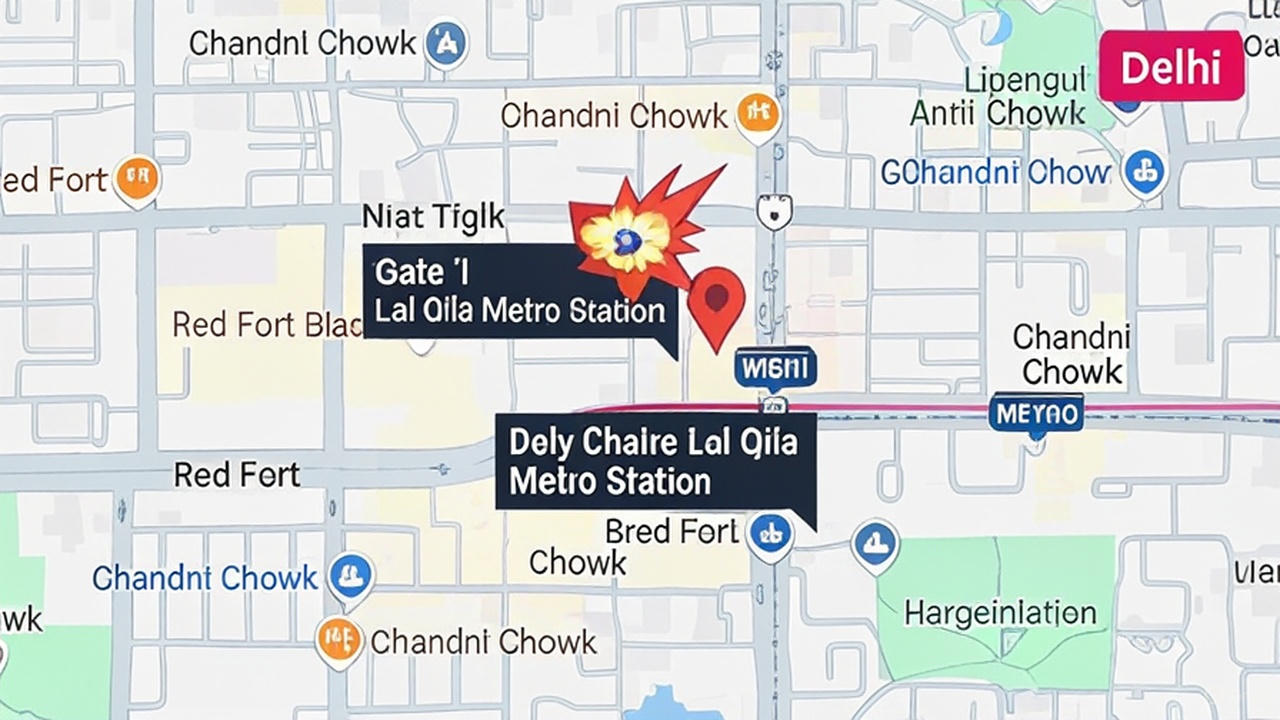Nepal’s Bold Move: Banning 26 Social Media Platforms in a Bid for Digital Sovereignty

In a surprising and controversial decision that has sent shockwaves through the digital world, the government of Nepal has imposed a blanket ban on 26 major social media platforms. This move, which came into effect in early September 2025, marks one of the most significant restrictions on online freedom in the country’s history. As someone who follows global tech policies closely, I find this development both fascinating and alarming. It raises questions about the balance between national regulation and individual rights, especially in a nation where social media plays a crucial role in daily life, from family communications to business promotions. In this blog post, we’ll dive deep into the details: the date of the ban, the reasons behind it, the list of affected sites, and the broader implications for Nepal and beyond. Let’s unpack this step by step.
The Timeline: When Did the Ban Happen?
The ban was officially announced on September 4, 2025, following a cabinet decision and a directive from the Ministry of Communications and Information Technology. This announcement came after a seven-day ultimatum issued on August 28, 2025, which required all social media platforms—domestic and foreign—to register with the government or face shutdown. The effective date of the ban was immediate, with internet service providers (ISPs) instructed to block access starting from midnight on Thursday, September 4. By September 5, users across Nepal began experiencing disruptions, with many platforms becoming inaccessible without the use of VPNs or alternative tools.
This wasn’t a sudden as prior warnings had been given. The government had issued multiple notices since November 2023, urging platforms to comply with registration requirements. The final push came after a Supreme Court ruling on August 17, 2025, which mandated that all online platforms must register to operate legally in Nepal, emphasizing the need to monitor and curb misinformation. Despite these repeated calls, most international giants ignored the deadlines, leading to the enforcement of the ban.
Reasons Behind the Ban: Regulation, Security, and Control
At its core, the ban stems from the Nepalese government’s push to regulate social media under the Directive on the Operation and Management of Social Networks and Social Media, introduced in 2023 (also referred to as the 2080 directive in the Nepali calendar). The key requirement? Platforms must register with the Ministry of Communications, appoint a local representative or grievance officer, establish a physical presence or contact point in Nepal, and implement self-regulation mechanisms to handle complaints about content like hate speech, rumors, and cybercrime.
Officials argue that this is essential for national security and social harmony. Communications Minister Prithvi Subba Gurung stated that unregistered platforms have been linked to rising issues such as online fraud, money laundering, and the spread of harmful content. For instance, the government points to previous incidents where social media fueled misinformation during elections or natural disasters. By requiring registration, Nepal aims to hold companies accountable, ensuring they comply with local laws and respond promptly to grievances.
This isn’t Nepal’s first with platform bans. TikTok was banned in November 2023 for allegedly disrupting “social harmony” through hate speech and cybercrime, but the ban was lifted in August 2024 after the company registered and agreed to local oversight. Similarly, Telegram faced a ban in July 2025 over concerns about fraud and money laundering, though it’s now in the registration process. These precedents show a pattern: the government uses bans as leverage to force compliance, rather than permanent shutdowns. Critics, however, see it as a thinly veiled attempt to control dissent and limit free speech, especially under Prime Minister K.P. Sharma Oli’s administration, which has been accused of being increasingly authoritarian toward online critics.
The Social Media Bill 2081, registered in January 2025, further amplifies these concerns by proposing even stricter regulations, which could soon be converted into law. International observers, including the Committee to Protect Journalists, have warned that such moves set a “dangerous precedent” for press freedom, as journalists heavily rely on these platforms for sourcing and disseminating news.
The List of Banned Sites: Who’s Affected?
The ban targets 26 platforms that failed to register, encompassing some of the world’s most popular apps and sites. According to official lists released by the Nepal Telecommunications Authority (NTA), the banned platforms include:
- Facebook Messenger
- YouTube
- X (formerly Twitter)
- Snapchat
- Discord
- Signal
- Threads
- Quora
- Tumblr
- Clubhouse
- Mastodon
- Rumble
- VK
- Line
- IMO
- Zalo
- Soul
- Hamro Patro
- Botim (mentioned in some reports as an additional or variant).
Note that a few platforms like Viber, TikTok, WeTalk, Nimbuzz, and Poppo Live remain operational as they have registered, while Telegram and Global Diary are in the process and may soon be reinstated. Hamro Patro, a local app, was initially on the list but quickly submitted registration documents, potentially avoiding a full shutdown.
This extensive list covers everything from messaging apps (like WhatsApp and Signal) to video-sharing giants (YouTube) and professional networks (LinkedIn). It’s not just about entertainment; these tools are lifelines for many Nepalis.
Impacts: From Economic Hits to Freedom Concerns
Economically, Nepal’s tourism sector— a key driver of GDP—has been hit hard. Tour operators rely on platforms like Instagram and Facebook for marketing and client communication, describing the situation as a “nightmare.” With 80% of internet traffic in Nepal tied to social media, ISPs like Ncell could lose millions in revenue, as seen during the previous TikTok ban.
On a personal level, the ban disrupts connections for Nepal’s large migrant workforce. Remittances account for about 33% of GDP, and many families use WhatsApp, Viber, or Botim to stay in touch with loved ones abroad. Users will rush to alternatives like VPNs, leading to spikes in downloads of registered apps such as Viber and TikTok.
Civil society has erupted in protest. Organizations like Digital Rights Nepal and the Federation of Nepali Journalists argue that the ban violates fundamental rights, including freedom of expression. Writ petitions have already been filed in the Supreme Court, challenging the decision. Globally, this could damage Nepal’s democratic image, deterring investment and tourism.
Content creators and businesses are scrambling. Facebook’s recent monetization program for Nepali creators is now halted, affecting digital incomes. Many have shifted to TikTok, but the overall digital economy faces uncertainty.
Looking Ahead: A Reversible Decision?
While the ban feels draconian, history suggests it might not be permanent. Platforms like X and Meta have already enquired about registration, hinting at potential compliance. If they appoint local representative and follow the rules, access could be restored gradually.
In conclusion, Nepal’s social media ban is a stark reminder of the tensions between global tech giants and national governments. It’s about sovereignty, but at what cost to freedom? As the world watches, one hopes for a resolution that prioritizes both regulation and rights. What do you think—a necessary step or overreach? Share your thoughts below .


